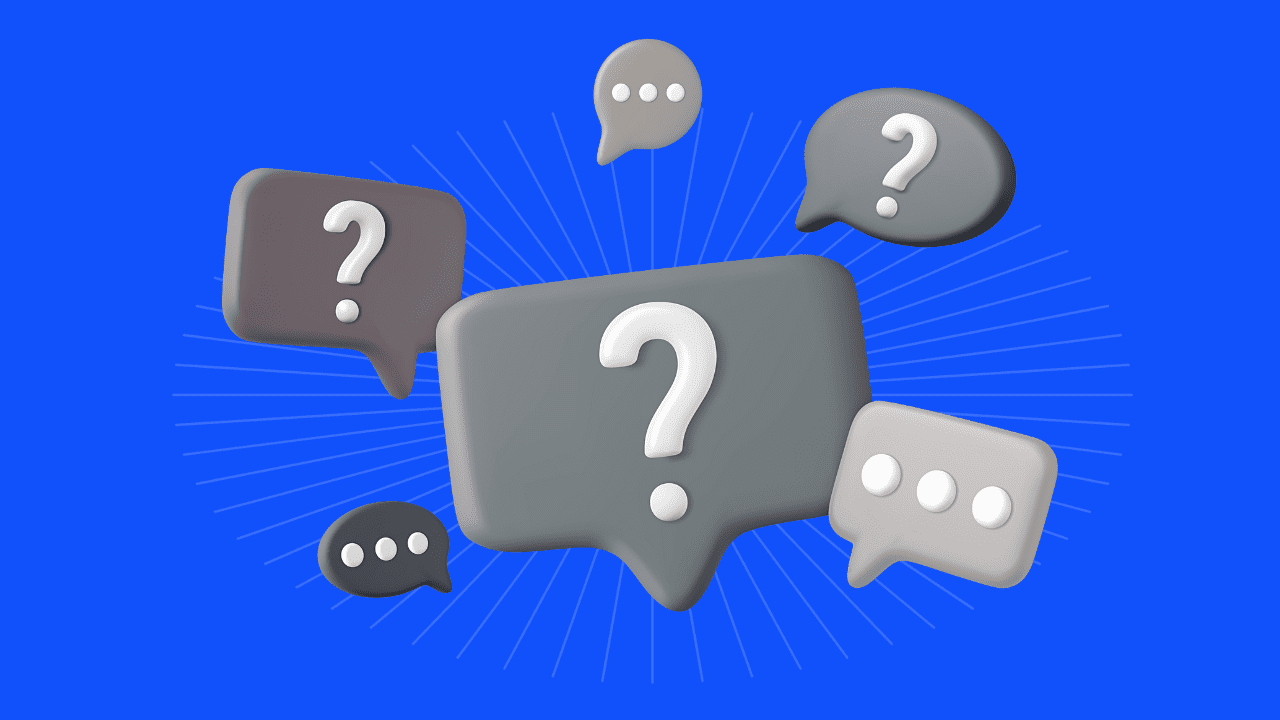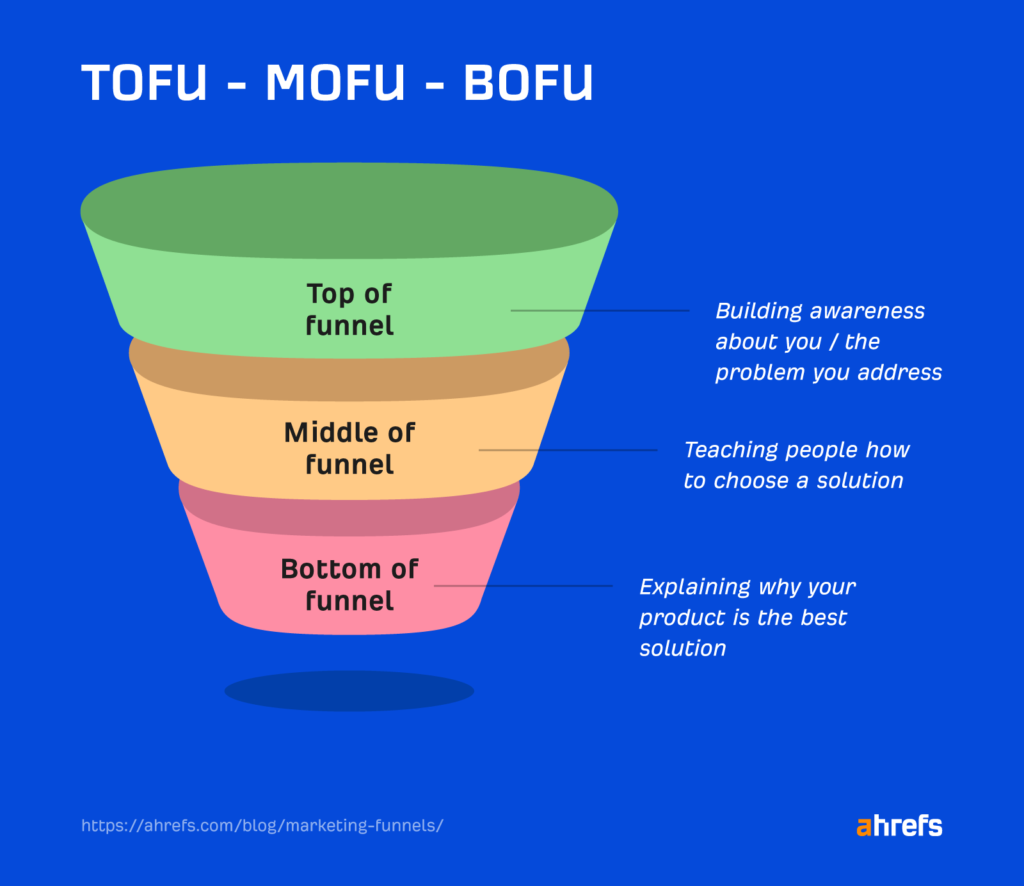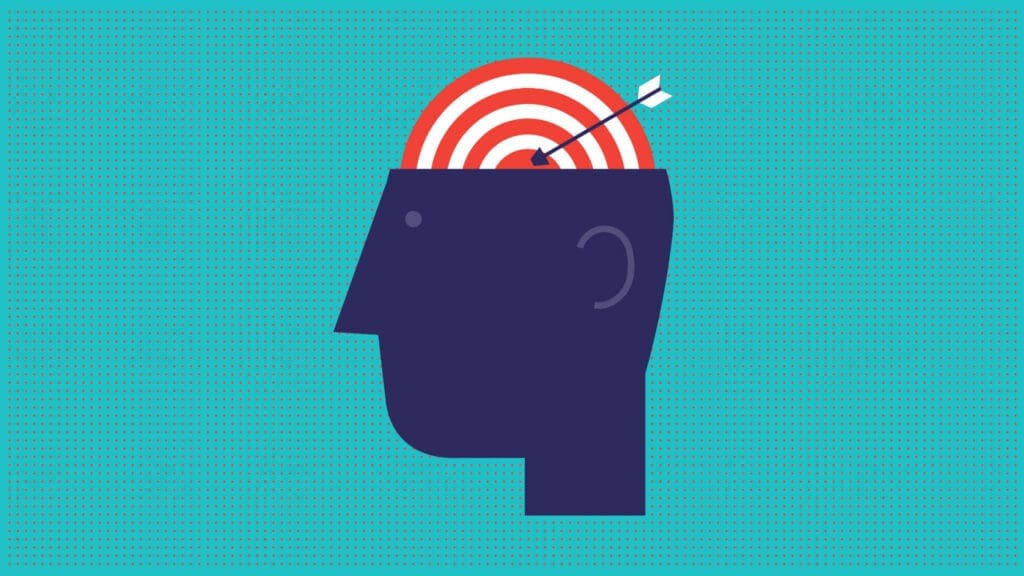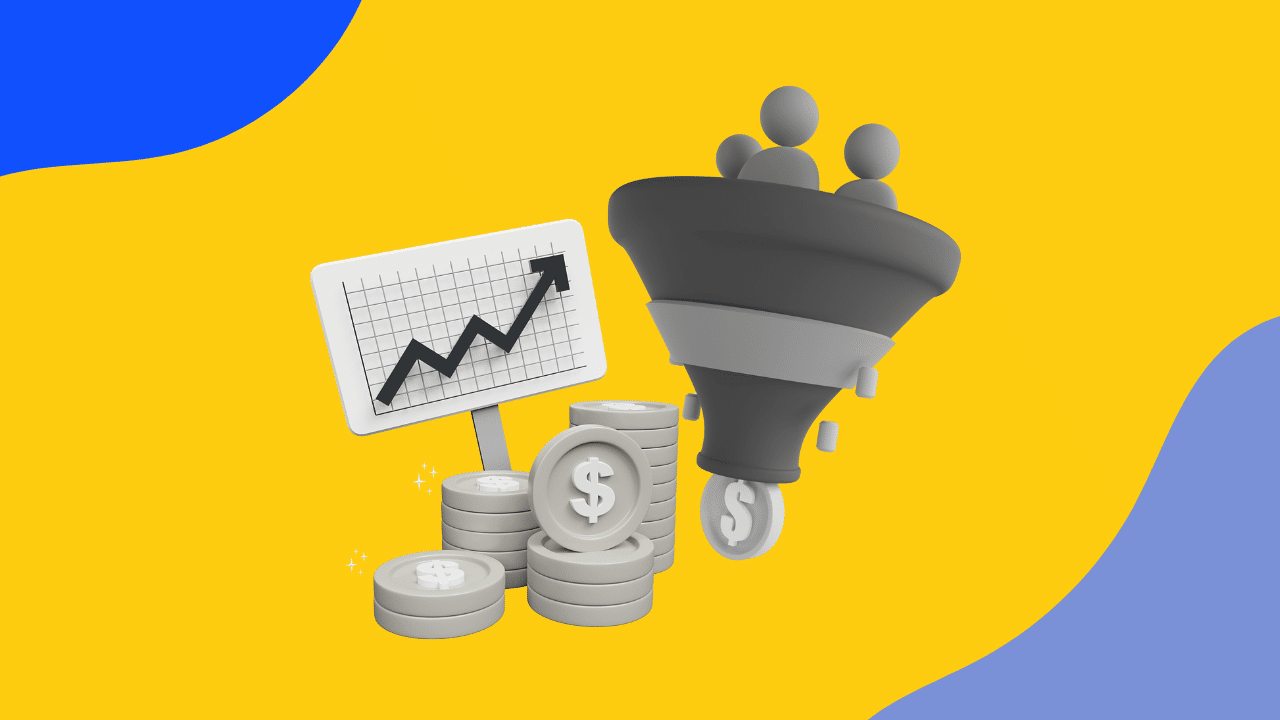
Recent articles
our mailing list
How to Navigate the Middle of the Marketing Funnel

The middle of the marketing funnel, often referred to as the consideration stage, plays a crucial role in converting potential leads into loyal customers. In this comprehensive guide, we’ll explore strategies, tactics, and best practices for maximising conversions in the middle of the marketing funnel. If you’re not sure what the marketing funnel is or are looking for an overview of all stages check out this blog.

What Is The Middle Stage of the Marketing Funnel?
The middle of the funnel, also known as the consideration stage, is where potential customers have moved past the initial awareness phase (The top of the marketing funnel) and are actively considering their options. They are researching, comparing products or services, and assessing which one best meets their needs.
Why is the Middle Stage of the Marketing Funnel Important?
The middle stage of the marketing funnel is important because it is where prospects are considering your product or service. They have already expressed some interest in what you have to offer, but they are not yet ready to buy. Therefore, this is your chance to nurture these leads and move them closer to a purchase decision.
- It is where you qualify your leads. In the middle stage of the funnel, you can learn more about your leads’ needs and interests. This information can help you to determine which leads are most likely to convert into customers.
- It is where you educate your leads. In the middle stage of the funnel, you can provide your leads with valuable content and resources that will help them to learn more about your product or service and how it can solve their problems.
- It is where you build relationships with your leads. In the middle stage of the funnel, you can interact with your leads on a personal level and build relationships with them. This will make them more likely to buy from you when they are ready to purchase.
Understanding the Customer

During the consideration stage, the key goal is to keep your target audiences attention and push them deeper into the funnel, into the purchase stage. But how do you nurture these leads and keep their attention? First it’s important to understand what the key psychological aspects are of your target customers in order to tailor your marketing strategy accordingly. Additionally, if you’re interested in learning more about marketing and psychology check out this article.
- Information Seeking: During this stage, leads are actively seeking information to address their needs or problems. The psychology here revolves around the desire for knowledge and solutions. They want to make informed decisions.
- Comparison: Leads in the middle stage are likely comparing different options. The psychology at play is the need to assess which solution best aligns with their specific requirements and priorities. This involves a weighing of pros and cons.
- Trust Building: Trust is a significant factor in the psychology of this stage. Leads need to trust the information and the source providing it. They seek reassurance that they are making the right choice, often through reviews, testimonials, and expert opinions.
- Risk Aversion: The psychology of risk aversion is prominent here. Leads are wary of making a wrong decision, which could lead to wasted time, money, or effort. They want to minimise the risks associated with their choice.
- Fears and Doubts: Leads may have doubts or fears about making the wrong choice. Nurturing should address these concerns and provide reassurance. The psychology here is driven by the need for confidence.
- Desire for Personalisation: Leads often appreciate personalised experiences. The psychology revolves around the desire to be treated as individuals with unique needs and preferences.
How to Convert Leads into Customers in the Middle Stage of the Marketing Funnel
Converting leads into customers in the middle stage of the marketing funnel is a critical step in the customer journey. To do this effectively, consider the following strategies:
Tailored Content:
- Continue providing content that speaks directly to the needs and concerns of leads in the middle of the funnel. Offer detailed product/service information and case studies.
Educational Webinars and Workshops:
- Host webinars or workshops to delve deep into your offerings. Showcase how your product or service can solve specific problems.
Personalised Email Campaigns:
- Send personalised email sequences that address each lead’s specific interests and pain points. Highlight how your product or service can benefit them.
Free Trials or Demos:
- Offer free trials, product demos, or consultations. This hands-on experience can demonstrate the value of your offering.
Lead Scoring and Segmentation:
- Use lead scoring to identify the most engaged and ready-to-convert leads. Prioritise your efforts on those with higher scores.
Social Proof:
- Showcase customer reviews, testimonials, and case studies that highlight successful outcomes. This builds trust and credibility.
Clear Value Proposition:
- Clearly communicate the unique value your product or service offers. Explain why it’s better than alternatives and how it addresses specific needs.
Discounts and Promotions:
- Consider offering limited-time discounts or promotions to incentivise middle-funnel leads to make a decision.
Landing Pages and CTA Optimisation:
- Ensure your landing pages and calls to action (CTAs) are optimised for conversion. Make it easy for leads to take the next step.
Simplify the Decision-Making Process:
- Remove obstacles and make it easy for leads to move forward. This might involve streamlining the purchase process or providing clear guidance.
Follow-Up:
- Don’t assume that a single touchpoint will convert a lead. Implement follow-up strategies to keep the conversation going.
Final Thoughts
Ultimately, the middle stage is a dynamic landscape where marketing tactics are fine-tuned to facilitate a seamless transition from interest to action. It’s a stage where leads become customers and where the careful balance of information, persuasion, and personalisation leads to the achievement of your marketing goals. Therefore, in mastering the middle of the marketing funnel, you not only gain new customers but build relationships that can lead to long-term brand loyalty and advocacy.







